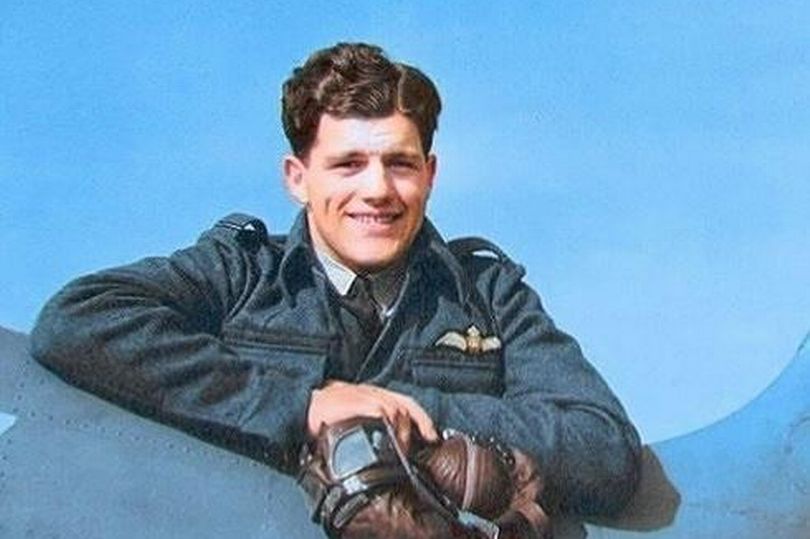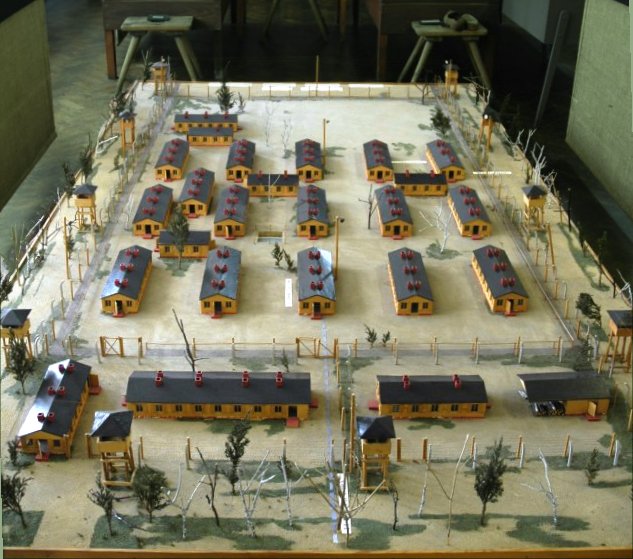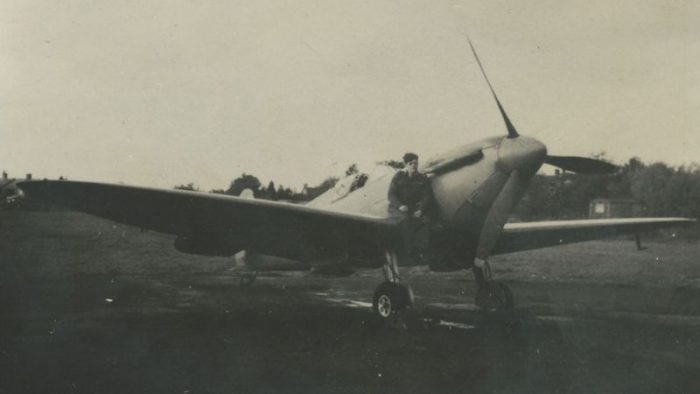Rare Spitfire Flown by Great Escape Team Member Recovered From Norwegian Mountaintop

Flight Lieutenant and Spitfire pilot Alastair ‘Sandy’ Gunn enlisted in the British Royal Air Force on February 22nd, 1940. After a short period of training he began active service as an airman (2nd class) in June of the same year. By the following January he passed his pilot training and was promoted to Sergeant and commissioned as a pilot officer.
He was sent on to join 48 Squadron to fly reconnaissance missions in Avro Anson aircraft, graduating to fly stripped down versions of the Supermarine Spitfire. These were designed to fly at high altitude to avoid detection and had all their weaponry removed and additional fuel tanks installed to extend the range of the aircraft. A regular Spitfire could fly almost 600 miles without refuelling. Gunn’s Spitfire was designed to fly 2,000 miles.

In the January of 1942 he found himself posted to RAF Wick in Northern Scotland and was part of the team credited with discovering the whereabouts of the German warship the Bismarck in a Norwegian fjord.
The Bismarck was successfully hunted down and sunk by the British Navy, but its equally deadly sister ship, the Tirpitz, remained a threat in Norwegian waters and the RAF reconnaissance teams were tasked with the perilous task of pinpointing her location.
Gunn flew many long-range missions in the hunt for the Tirpitz and brought back many pictures of Germany’s fleet movements off the Norwegian coast, from the capital Oslo in the South to locations beyond the Arctic Circle. Weather conditions were frequently bad and once had to bale into the North Sea when his Spitfire fuel tanks dried up.
On his final mission, on March 5th, 1942, to discover the location of the Tirpitz and bring back the photographic intelligence ‘Sandy’ Gunn’s Mk1 Spitfire was intercepted by two Messerschmitt Bf 109s. Lieutenants Heinz Knoke and Dieter Gerhard shot down his aircraft, Gunn baled out, was captured and made a prisoner of war.
He was questioned for three weeks after it was suspected he had flown from a secret RAF base in Northern Norway, and then sent on to Stalag Luft III where he became an enthusiastic member of the tunneling gang. The tunnel builders at the camp were immortalized in the book by Paul Brickhill, ‘The Great Escape’, a non-fiction memoir and first-hand account of the attempt.
The story was given the Hollywood treatment and released as an epic tale in 1963. What the film omits is the fact that the British and Commonwealth detainees were frequently helped in their attempts to escape by the Germans who were supposed to be guarding them.

Sadly, Gunn was among the group of fifty men who were executed by the Gestapo on the direct orders of the Fuhrer, making a mockery of the Geneva Convention and leading to the prosecution and execution of German soldiers after WWII for murder.
Gunn’s Spitfire was marked down as lost, probably destroyed, until parts of the plane’s wreckage were discovered inside the Arctic Circle and sent back to Britain in August 2018. The rest of the aircraft was later discovered atop a remote mountain.

Military aviation historian, Tom Hoskins said of the find that, ‘this Spitfire is one of the most significant recoveries, if not just in the last 20 years, then potentially ever.’
Hoskins is part of the team tasked with the excavation and reassembly of the Supermarine Spitfire. ‘Only a small handful of early Spitfires exist, [and] all but one of these have been restored with substantially less recovered wreckage than we recovered with AA810,’ he explained.
Another Article From Us: Howard Hughes Old Private Plane is Now a Boat
The plane is the most complete surviving wreck associated with any of the men involved with the escape attempt in 1944, making it a notable, unique survival. Hoskins has written a book about the discovery and restoration of the aircraft, Sandy’s Spitfire, published on the anniversary of the day it was shot down. A copy of the book can be ordered from the website Spitfireaa810.co.uk.
